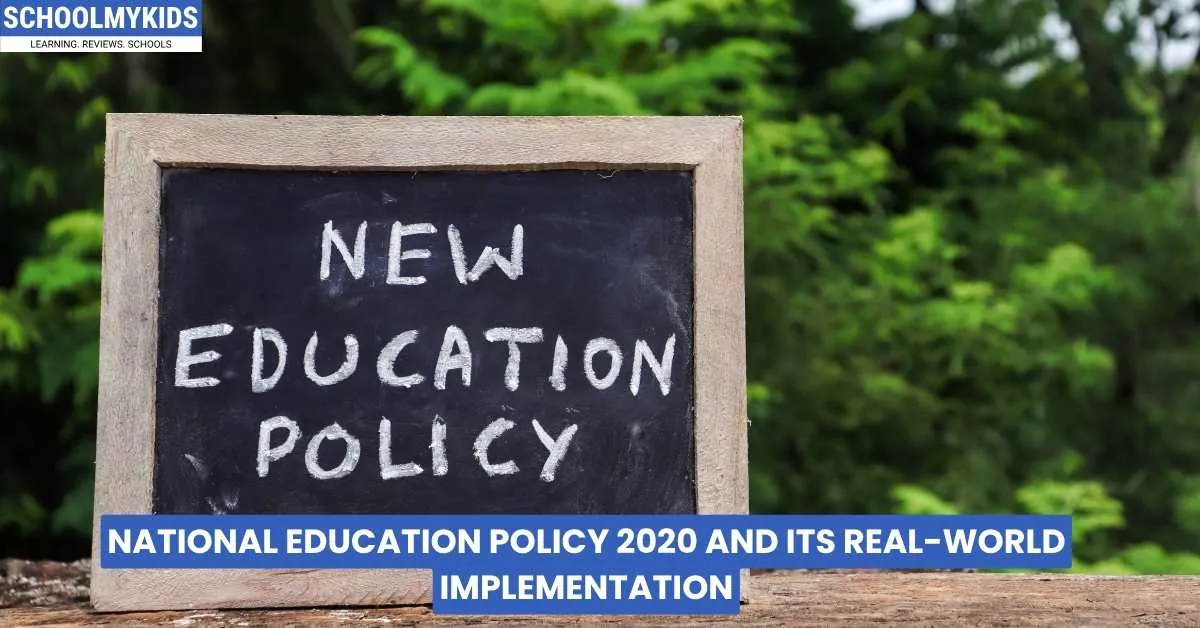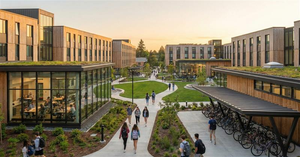Introduction
When the National Education Policy (NEP) 2020 was announced, it was hailed as a visionary step—a blueprint to transform India’s education system from rigid, exam-centric structures to a more holistic, flexible, and skill-driven model. But policies look neat on paper. The real test is implementation. As we approach five years since its launch, how much of NEP 2020 has truly entered the classrooms, staff rooms, and lives of students and teachers?
What NEP Promised
NEP 2020 came with bold ideas:
- A 5+3+3+4 curricular structure replacing the old 10+2 system.
- Mother tongue/regional language as the medium of instruction till at least Grade 5.
- Multidisciplinary learning at the higher education level.
- Vocational training from Grade 6.
- Focus on critical thinking, creativity, and flexibility over rote memorization.
- A goal to increase Gross Enrollment Ratio (GER) in higher education to 50% by 2035.
- Establishing an overarching regulatory body: the Higher Education Commission of India (HECI).
It was comprehensive. It was aspirational. But what about execution?
The Progress So Far
1. Curricular Changes in Schools: CBSE and various state boards have started piloting revised curriculums. NCERT has redesigned textbooks in line with NEP’s focus on conceptual learning, though full-scale adoption is still under process. Foundational literacy and numeracy are now central goals under initiatives like NIPUN Bharat.
2. Multilingual Teaching: Several states like Madhya Pradesh and Uttar Pradesh are pushing for mother tongue-based instruction in early years. However, the roll-out is inconsistent due to a lack of bilingual teaching staff and training material.
3. Vocational Education: Vocational modules in coding, AI, carpentry, and agriculture have been introduced in some schools. But challenges remain in training teachers and integrating these courses meaningfully.
4. Holistic Report Cards: Progress report cards in some schools now reflect skills, participation, and behavior—not just marks. Yet, standardized implementation across states is slow.
5. Higher Education Reforms: Institutes like IITs, NITs, and DU have started integrating multidisciplinary courses. FYUP (Four-Year Undergraduate Programme) is being rolled out, although it has seen resistance and confusion in some states.
Challenges in Real-World Execution
- Infrastructure Gaps: Many rural schools still lack basic digital and physical infrastructure to support NEP reforms.
- Teacher Training: Effective implementation needs massive retraining of teachers—not just in content, but in pedagogy.
- Policy-State Mismatch: Education is a concurrent subject. Different states interpret and implement NEP differently, creating uneven progress.
- Lack of Monitoring: There is no unified, transparent dashboard to track NEP implementation metrics across regions.
Voices from the Ground
Teachers, especially in government schools, report a mix of excitement and confusion. “NEP encourages innovation, but we need clear guidelines and training,” said a principal from Rajasthan. Meanwhile, some students in pilot programs say they feel “less burdened” but “not sure what to expect” in the new system.








Be the first one to comment on this story.